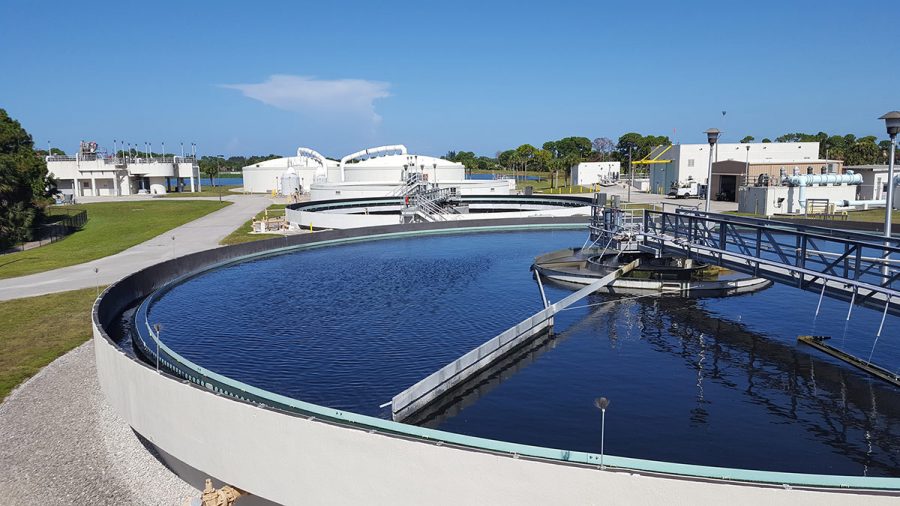Morocco is set to construct a wastewater treatment plant in Dakhla, a city located in Western Sahara with the aim of enhancing the value of products from sea fishing in the area. The water branch of the National Electricity and Drinking Water Authority of Morocco (Onee) revealed the report and said that a tender has been launched for technical assistance on the project.
The wastewater treatment plant will be used to treat industrial wastewater from the small pelagic project area, where certain seafood products are used.
Wastewater management
According to the company, the new facility will improve wastewater management, with the objective of preventing it from entering the environment, at the risk of polluting groundwater resources. The sludge from the wastewater treatment of the future facility will be recovered and can be used as biological fertilizer. The project is estimated to cost approximately US $290,000.
It is an addition to the sanitation facilities in Dakhla City. In 2016, Onee commissioned an “activated sludge” type wastewater treatment plant with tertiary treatment with a capacity of 10,000 cubic metres per day. To supply this station, 21km of collectors for the supply and interception of waste water were installed. They operate with five pumping stations. Purified water transfer facilities have also been built to promote reuse.
Also Read:Morocco to issue tenders for construction of US $1bn port in Dakhla
Moroccan National Water Plan
Morocco has achieved significant improvement in the wastewater sector in the last ten years. 123 wastewater treatment plants have been built, increasing the treatment capacity to 900 million cubic metres per year. 75% of the total population of 34 million is connected to the sewer network, with 62% connected to wastewater treatment plants.
The Moroccan National Water Plan (PNA) for 2020 -2030 was designed to fill the gap in wastewater treatment capacity and spur growth in the sector. The annual target recommended by the PNA is 325 million cubic metre of wastewater to be reused by 2030.

